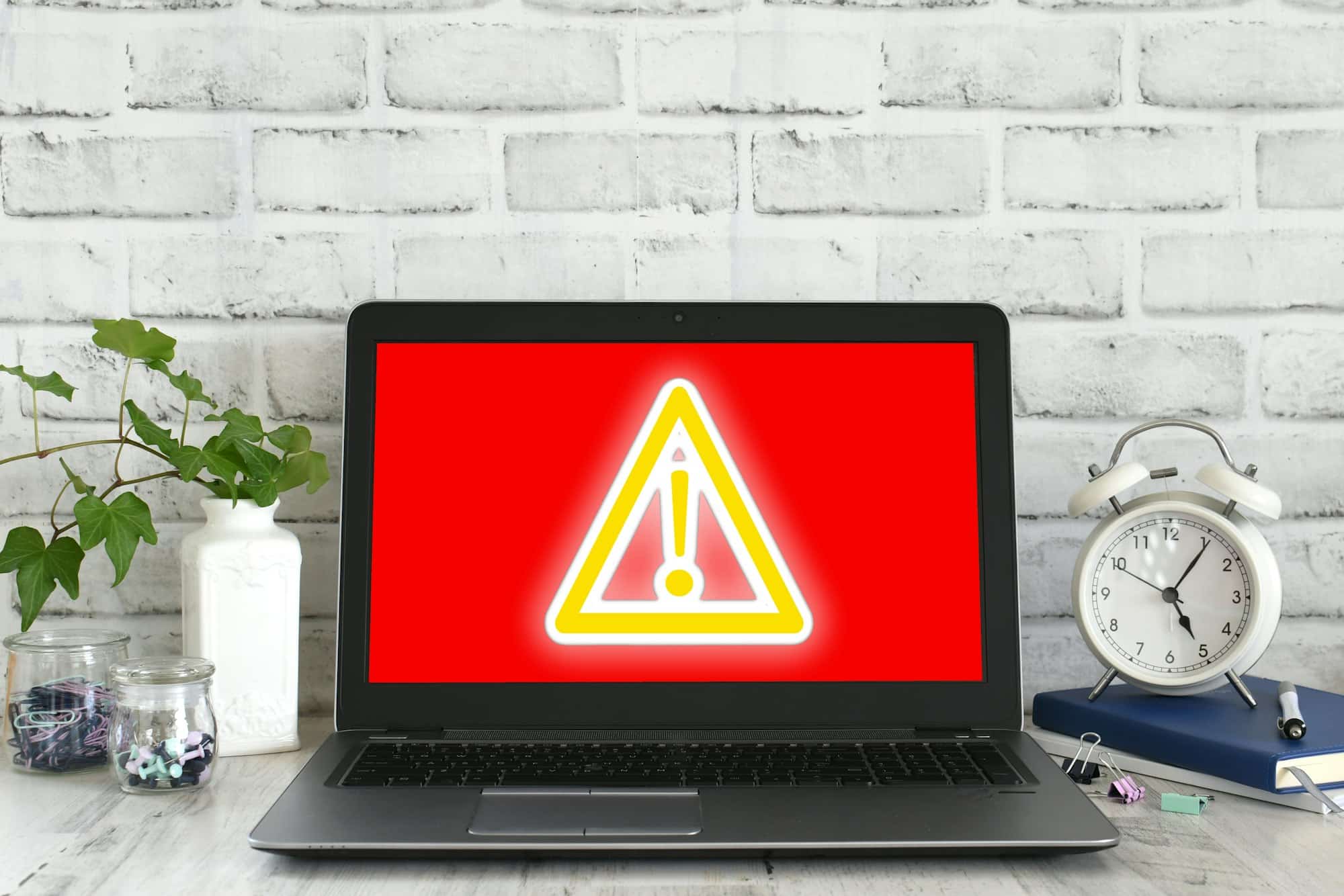In today’s fast-paced software development world, maintaining a secure Jenkins pipeline is crucial. With the increasing reliance on DevOps practices and cloud-native applications, securing Jenkins against common vulnerabilities has never been more critical. This guide will dive into the best practices to fortify your Jenkins pipeline against threats, ensuring a robust and secure software development process.
Understanding Jenkins Security
Before diving into best practices, it’s essential to grasp the importance of Jenkins security. Jenkins is a widely-used open-source automation server that helps automate parts of the software development process, such as building, testing, and deploying applications. Given its pivotal role, any security issues within Jenkins can affect the entire software supply chain.
Additional reading : Mastering Cross-Region Replication for S3 Buckets: Boost Your Data Durability Effortlessly
One of the primary concerns is access control. Ensuring that only authorized personnel have access to the Jenkins server and its pipelines is fundamental. Mismanaged access can lead to unauthorized changes, exposing the system to potential threats. Security testing and threat modeling are crucial in identifying and mitigating these vulnerabilities.
Another key aspect is the management of secrets. Sensitive information, such as API keys and passwords, should be stored securely and not hard-coded within the pipeline scripts. This minimizes the risk of secrets being exposed to malicious actors.
Have you seen this : Step-by-Step Guide to Configuring a Secure OpenLDAP Server on Ubuntu
Implementing Strong Access Control
A critical component of securing a Jenkins pipeline is implementing robust access control mechanisms. This involves setting up role-based access control (RBAC) to ensure that users only have the permissions necessary for their role. By doing so, you limit the risk of unauthorized access and reduce the potential for insider threats.
In addition, it’s essential to enable audit logging. Regularly reviewing these logs can help you detect unusual activity that might indicate a security breach. Integrating Jenkins with a centralized logging system or a Security Information and Event Management (SIEM) tool can enhance your monitoring capabilities.
Multi-factor authentication (MFA) is another layer of security that shouldn’t be overlooked. By requiring users to provide an additional form of verification, you significantly reduce the risk of unauthorized access due to compromised credentials.
Securing the Jenkins Environment
Securing the Jenkins environment involves several steps, starting with the Jenkins server itself. Ensure that the server is regularly updated with the latest security patches. Jenkins, being an open-source software, is continuously updated to address vulnerabilities. Keeping your server up-to-date is a straightforward yet effective way to maintain security.
Furthermore, network security practices such as configuring firewalls and securing communications with SSL/TLS encryption are vital. This protects data in transit from eavesdropping and tampering.
In the context of cloud environments, leveraging cloud-native security features can enhance your Jenkins setup. For instance, using IAM roles and policies to manage permissions, and incorporating cloud security tools to monitor and secure your infrastructure, can provide an added layer of protection.
Protecting Secrets and Sensitive Data
Handling secrets and sensitive information securely is critical in a Jenkins pipeline. Hardcoding credentials within pipeline scripts is a common mistake that can lead to significant security issues. Instead, use secret management tools or plugins that integrate with Jenkins.
Tools like HashiCorp Vault, AWS Secrets Manager, and Kubernetes secrets can securely store and manage sensitive information. Jenkins plugins such as Credentials Binding Plugin and Mask Passwords Plugin can help integrate these tools into your pipeline, ensuring that secrets are handled securely.
Encrypting sensitive data, both at rest and in transit, is another best practice. Encryption ensures that even if data is intercepted or accessed by unauthorized users, it remains unreadable.
Incorporating Security Testing into the Pipeline
Integrating security testing into your Jenkins pipeline is essential for identifying and mitigating vulnerabilities early in the development process. This includes static and dynamic application security testing (SAST and DAST), which can catch common security flaws in code and running applications.
Static application security testing (SAST) involves analyzing source code for security issues. Tools like SonarQube and Fortify can be integrated into your Jenkins pipeline to perform these checks automatically.
Dynamic application security testing (DAST), on the other hand, involves testing running applications for security flaws. Tools such as OWASP ZAP and Burp Suite can provide dynamic analysis, helping you identify issues that only manifest during runtime.
Additionally, container security is vital if you’re using Kubernetes or other container orchestration platforms. Tools like Aqua Security and Twistlock can scan container images for vulnerabilities before they are deployed.
Regularly Updating and Monitoring Jenkins Plugins
Jenkins plugins play a crucial role in extending the functionality of your Jenkins pipeline. However, they can also introduce security vulnerabilities if not properly managed. It’s imperative to regularly update plugins to their latest versions, as updates often include security patches.
Monitoring the usage of third-party plugins is equally important. Only install plugins from trusted sources and regularly review their security advisories. Removing outdated or unused plugins can further reduce your attack surface.
Implementing tools that provide dependency scanning can help you keep track of all the plugins and their versions, ensuring that any vulnerabilities are promptly addressed.
Securing a Jenkins pipeline involves a multi-faceted approach that includes access control, protecting secrets, integrating security testing, and monitoring plugins. By implementing these best practices, you can significantly reduce the risk of security issues and ensure a robust, secure software development process. Remember, Jenkins security is not a one-time effort but an ongoing process that requires regular updates and vigilance. By staying informed and proactive, you can safeguard your pipelines against common vulnerabilities and maintain the integrity of your software supply chain.











